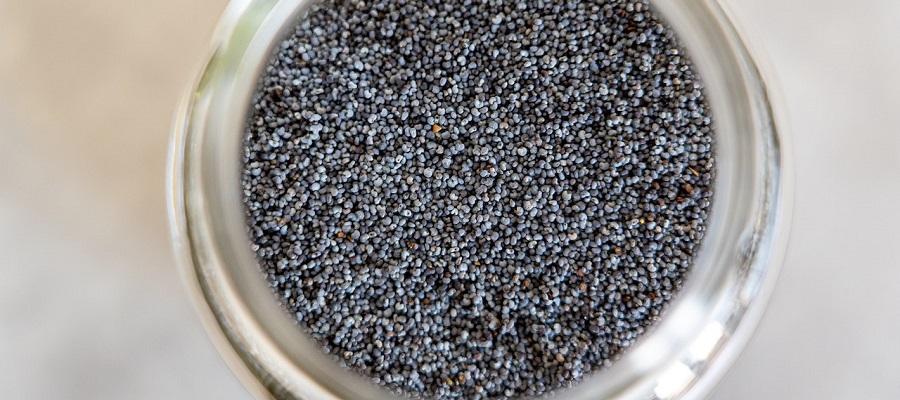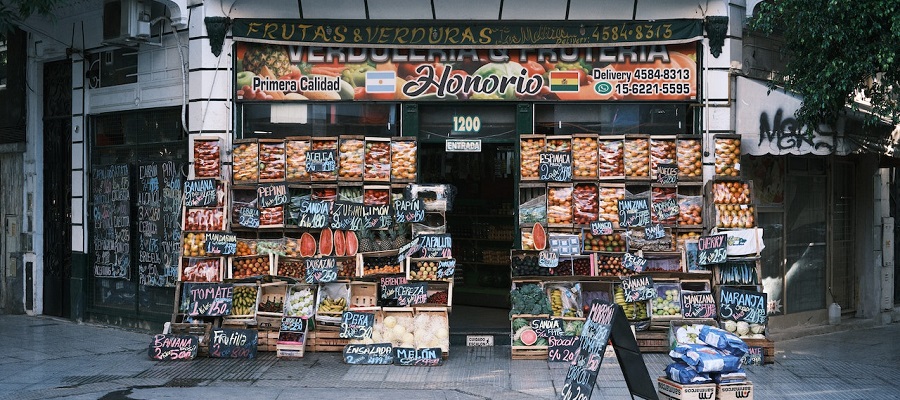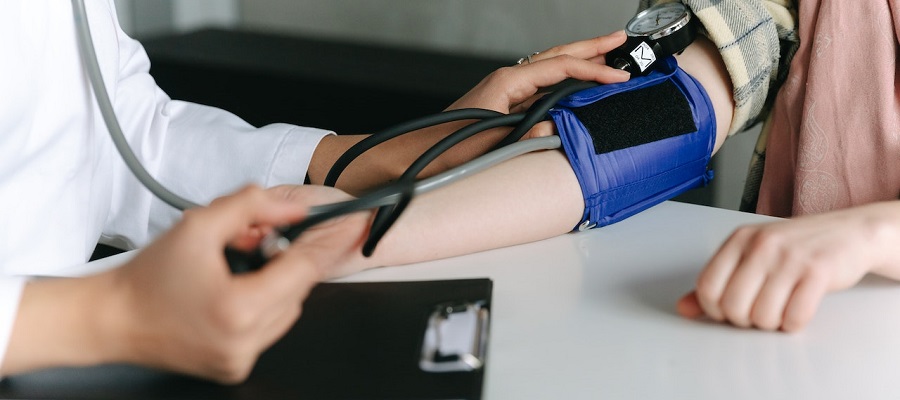Iron is an essential mineral that is necessary for the proper functioning of the human body. It is involved in a variety of processes, including the transportation of oxygen in the blood, the production of collagen and other proteins, and the regulation of cell growth and differentiation. While the body needs iron to function properly, it is also possible to consume too much iron, which can lead to negative health effects.
Iron is a key component of hemoglobin, the protein in red blood cells that carries oxygen from the lungs to the rest of the body. It is also involved in a number of other important processes in the body, including the production of collagen, the synthesis of hormones and neurotransmitters, and the immune system.
There are two types of iron: heme iron and non-heme iron. Heme iron is found in animal-based foods like meat, poultry, and fish, and is easily absorbed by the body. Non-heme iron is found in plant-based foods and is not as easily absorbed. However, the absorption of non-heme iron can be improved by eating these foods with a source of vitamin C, such as a citrus fruit or tomato.
Iron in Meat, Poultry, and Fish
Meat, poultry, and fish are some of the most commonly consumed sources of iron. These foods are considered to be "heme" iron sources, which means that the iron they contain is easily absorbed by the body.
Red meat, such as beef, pork, and lamb, is an excellent source of iron. It is also a good source of protein, B vitamins, and zinc. Three ounces of cooked beef contains about 2.5 milligrams of iron, which is about 28% of the daily value (DV) for iron. In addition to being a good source of iron, red meat is also a rich source of heme iron, which is a type of iron that is more easily absorbed by the body. However, it is important to consume red meat in moderation as it is also high in saturated fat, which can increase the risk of heart disease if consumed in excess.
Poultry, such as chicken and turkey, is a good source of iron. Three ounces of cooked chicken contains about 1 milligram of iron, or about 11% of the daily value (DV) for iron. Poultry is also a good source of protein, B vitamins, and other nutrients. In addition to being a good source of iron, poultry is also a lean protein source, making it a healthy choice for those looking to reduce their intake of saturated fat. Poultry can be prepared in a variety of ways, including grilling, roasting, or baking, making it a versatile and convenient choice for meals. It is important to consume poultry in moderation as part of a balanced diet.
Fish, particularly fatty fish like salmon, mackerel, and sardines, is a good source of iron. Three ounces of cooked salmon contains about 1.8 milligrams of iron, or about 20% of the daily value (DV) for iron. Fish is also a good source of protein, omega-3 fatty acids, and other nutrients. In addition to being a good source of iron, fish is also a lean protein source, making it a healthy choice for those looking to reduce their intake of saturated fat. Fish can be prepared in a variety of ways, including grilling, baking, or frying, making it a versatile and convenient choice for meals. It is important to consume fish in moderation as part of a balanced diet.
Iron in Legumes and Beans
Legumes and beans are a good source of iron, as well as other nutrients like protein, fiber, and B vitamins. Legumes and beans are rich in a type of iron called non-heme iron, which is not as easily absorbed as heme iron, which is found in animal-based foods like meat, poultry, and fish. However, the absorption of non-heme iron can be improved by eating these foods with a source of vitamin C, such as a citrus fruit or tomato.
Here are some examples of legumes and beans that are high in iron:
-
Soybeans: A 1-cup serving of cooked soybeans contains approximately 8.8 mg of iron.
-
Lentils: A 1-cup serving of cooked lentils contains approximately 6.6 mg of iron.
-
Kidney beans: A 1-cup serving of cooked kidney beans contains approximately 5.2 mg of iron.
-
Chickpeas: A 1-cup serving of cooked chickpeas contains approximately 4.7 mg of iron.
-
Black beans: A 1-cup serving of cooked black beans contains approximately 3.6 mg of iron.
It is important to note that these are just a few examples of legumes and beans that are high in iron. There are many other options available, and it is a good idea to include a variety of legumes and beans in your diet to ensure that you are getting a range of nutrients. It is also important to consider other factors, such as calorie and nutrient content, when choosing legumes and beans. Legumes and beans can be consumed on their own or used as an ingredient in soups, stews, and other dishes. They can also be ground into flour and used to make bread, pasta, and other products.
Iron in Grains and Cereals
Grains and cereals are an important part of a healthy diet, as they provide essential nutrients like carbohydrates, fiber, and B vitamins. They are also a good source of iron, which is an essential mineral that is necessary for the proper functioning of the body.
Grains and cereals are a good source of non-heme iron, as well as other nutrients like B vitamins, fiber, and antioxidants. Some good options include whole grains like quinoa, oats, whole wheat, and brown rice. These grains are rich in non-heme iron and can be easily incorporated into a variety of dishes, such as oatmeal, whole grain breads and pastas, and grain bowls.
Some grains and cereals that are high in iron include:
-
Oatmeal: A 1-cup serving of cooked oatmeal contains approximately 4.4 mg of iron.
-
Quinoa: A 1-cup serving of cooked quinoa contains approximately 2.8 mg of iron.
-
Oats: Oats are a good source of iron, as well as other nutrients like fiber and B vitamins. One cup of cooked oats contains about 4 mg of iron.
-
Whole wheat: Whole wheat is a good source of iron, as well as other nutrients like B vitamins, fiber, and antioxidants. One cup of cooked whole wheat contains about 2.5 mg of iron.
-
Brown rice: Brown rice is a good source of iron, as well as other nutrients like B vitamins, fiber, and antioxidants. One cup of cooked brown rice contains about 1.8 mg of iron.
-
Fortified cereals: Many cereals are fortified with iron to increase their nutrient content. The amount of iron in fortified cereals can vary, so it is important to read the nutrition label to determine the exact amount.
It is important to note that these are just a few examples of grains and cereals that are high in iron. There are many other options available, and it is a good idea to include a variety of grains and cereals in your diet to ensure that you are getting a range of nutrients. It is also important to consider other factors, such as calorie and nutrient content, when choosing grains and cereals.
It is important to note that some people may need to be more mindful of their iron intake, particularly women of childbearing age, pregnant women, and athletes, who may have increased needs for this mineral. If you are concerned about your iron intake, it is a good idea to speak with a healthcare professional or a registered dietitian, who can help you determine your needs and recommend an appropriate diet.
In addition to whole grains, many cereals are fortified with iron to increase their nutrient content. Fortified cereals can be a good option for those who have trouble getting enough iron from their diet, or for those who are looking for a convenient way to boost their intake of this important mineral.
Overall, grains and cereals are a good source of iron and can be a convenient and delicious way to get this important nutrient. By including a variety of whole grains and fortified cereals in your diet, you can help ensure that you are getting enough iron to support your body's needs.
Iron in Tofu and Other Plant-Based Proteins
Tofu and other plant-based proteins, such as tempeh and seitan, are good sources of iron, as well as other nutrients like protein, fiber, and B vitamins. These foods are made from soybeans and are rich in a type of iron called non-heme iron, which is not as easily absorbed as heme iron, which is found in animal-based foods like meat, poultry, and fish. However, the absorption of non-heme iron can be improved by eating these foods with a source of vitamin C, such as a citrus fruit or tomato.
Here are some examples of plant-based proteins that are high in iron:
-
Tofu: One cup of tofu contains about 3.4 mg of iron.
-
Tempeh: One cup of tempeh contains about 3.3 mg of iron.
-
Seitan: One cup of seitan contains about 3.0 mg of iron.
It is important to note that these are just a few examples of plant-based proteins that are high in iron. There are many other options available, and it is a good idea to include a variety of plant-based proteins in your diet to ensure that you are getting a range of nutrients. It is also important to consider other factors, such as calorie and nutrient content, when choosing plant-based proteins.
Iron in Nuts and Seeds
Nuts and seeds are a good source of iron, as well as other nutrients like protein, healthy fats, and fiber. They are rich in a type of iron called non-heme iron, which is not as easily absorbed as heme iron, which is found in animal-based foods like meat, poultry, and fish. However, the absorption of non-heme iron can be improved by eating these foods with a source of vitamin C, such as a citrus fruit or tomato.
Here are some examples of nuts and seeds that are high in iron:
-
Pumpkin seeds: One ounce of pumpkin seeds contains about 2.5 mg of iron.
-
Sesame seeds: One ounce of sesame seeds contains about 2.0 mg of iron.
-
Almonds: One ounce of almonds contains about 1.3 mg of iron.
-
Cashews: One ounce of cashews contains about 1.0 mg of iron.
It is important to note that these are just a few examples of nuts and seeds that are high in iron. There are many other options available, and it is a good idea to include a variety of nuts and seeds in your diet to ensure that you are getting a range of nutrients. It is also important to consider other factors, such as calorie and nutrient content, when choosing nuts and seeds.
Iron in Dried Fruits
Dried fruits, such as raisins, apricots, and prunes, are a good source of iron, as well as other nutrients like fiber and antioxidants. They are high in a type of iron called non-heme iron, which is not as easily absorbed as heme iron, which is found in animal-based foods like meat, poultry, and fish. However, the absorption of non-heme iron can be improved by eating these foods with a source of vitamin C, such as a citrus fruit or tomato.
Here are some examples of dried fruits that are high in iron:
-
Raisins: One cup of raisins contains about 3.1 mg of iron.
-
Apricots: One cup of apricots contains about 2.9 mg of iron.
-
Prunes: One cup of prunes contains about 2.6 mg of iron.
It is important to note that these are just a few examples of dried fruits that are high in iron. There are many other options available, and it is a good idea to include a variety of dried fruits in your diet to ensure that you are getting a range of nutrients. It is also important to consider other factors, such as calorie and nutrient content, when choosing dried fruits.
Iron in Fortified Foods
Some foods are fortified with iron to increase their nutrient content. Fortified foods are made by adding nutrients, such as vitamins and minerals, to a food product. This can be done to improve the nutritional value of the food, or to replace nutrients that may have been lost during processing.
Here are some examples of fortified foods that are high in iron:
-
Fortified cereals: Many cereals are fortified with iron to increase their nutrient content. The amount of iron in fortified cereals can vary, so it is important to read the nutrition label to determine the exact amount.
-
Fortified breads: Some breads are fortified with iron to increase their nutrient content. The amount of iron in fortified breads can vary, so it is important to read the nutrition label to determine the exact amount.
-
Fortified juices: Some juices are fortified with iron to increase their nutrient content. The amount of iron in fortified juices can vary, so it is important to read the nutrition label to determine the exact amount.
It is important to note that these are just a few examples of fortified foods that are high in iron. There are many other options available, and it is a good idea to include a variety of fortified foods in your diet to ensure that you are getting a range of nutrients. It is also important to consider other factors, such as calorie and nutrient content, when choosing fortified foods.


